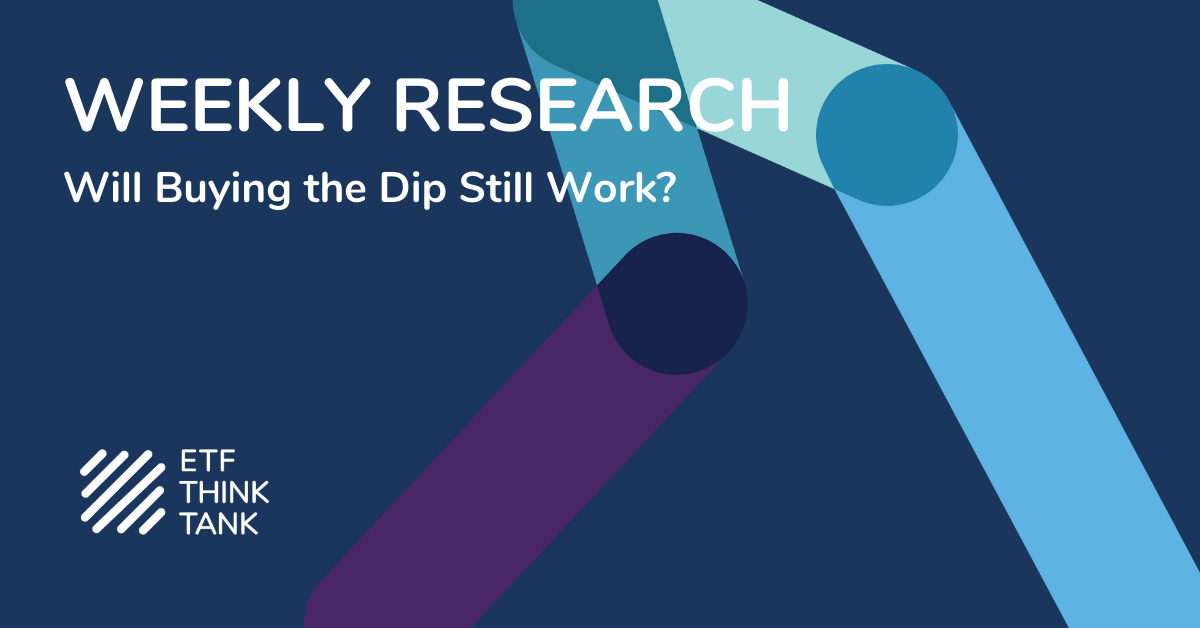2020 – The Year “Buy the Dip” was Crowned King
In 2020, everyone finally realized the market and economy are two separate things. Millennials were once categorized as the “fear” investor having grown up through both the dot com bust and financial crisis. The once considered fear investor is now a ‘buy the dip’ staunch believer. How did we get here? Answer: Momentum and all things Tech. Amazon, Google, Facebook, Tesla, Netflix, Alibaba, Bidu, and Bitcoin are just some of the prime examples. How did this happen? QE allowed it to happen. If you have perceived future growth and a promise of an almost monopolistic like market share over a particular industry, you are rewarded with extravagant multiples on future expected earnings and access to credit unmatched by historic norm. Before QE, profits used to matter. Not Wall Street adjusted EBITDA or 1999-like forecasting; actual, taxable profit.
We wrote in March 2020 that the easiest trade out there was to avoid the zombie companies that needed to be propped up by the government and focus on the internet of things (OGIG, EMQQ), genomics (ARKG), gig economy (GIGE), and crypto (BLOK). These companies benefited from never-before-seen levels of fiscal and monetary policy and a supercharged adoption curve on multiple innovation fronts.
Built to be Acquired or to Overtake
There are no doubles in the tech start up space. A conservative approach is one that simply lacks funding and focus. The next wave of unicorn like companies continue to be ones essentially founded to be acquired by one of the global internet of things titans. We saw this with Slack and Salesforce. Musical chairs work like this – I lose a ton of money on disruptive technology so you do not have to and so long as I do not run out of money my dream can become your dream. We see this in industries like artificial intelligence, genomics space and yes, even in the blockchain/crypto space. Tesla is a great example. Is Tesla really a pure AI company? Does their valuation make sense in any other world?
What has happened since December 2018 is the fear investor has seen the convincing magic of buy the dip and hold. There might be nothing else out there, even more so than their own personal religion that they believe in more. The millennials who were once fear investors because of the dot com bust and financial crisis are no longer thinking of those events negatively. Investors under 35 are staunch perma-bulls and buy the dip in any pullback.
If 2020 was the Year that all Things Worked, what will 2021 Bring?
2020 was the year of innovative disruption in the face of a global pandemic. With so much fiscal and monetary stimulus in the economy, the massive innovation uptick and adoption might be the only thing keeping inflation in check. Those remaining few who believed the market and economy were meant to walk in unison were finally proven wrong in 2020. We all know the economy and market are two different things now. What if a “re-opened” economy actually kills productivity and tanks the market, even if it actually helps increase employment and general daily satisfaction of its market participants through vaccination? Or, a return to some sort of normalized life and, dare I say, some semblance of political stability?
At some point, buy the dip will get burned. If we have any market expectations for 2021, it’s that it will be a year of many different market environments. We could see two drawdowns over 20% in 2021 with a strong buy the dip rally in between.
The Idea of Zero Interest Rates in the US is Causing this Bitcoin Rally
The United States is not Europe. European interest rates went negative, the ECB started propping up their banking industry as one of the sole buyers left of their debt, and the United States was ready to follow suit. However, Europe was only able to get away with this because there still existed a dominant market player with some semblance of market normalcy in the United States, where the idea of rates going negative (pre-covid) was considered as much of a black swan as bitcoin at $100k. The faith in the US dollar was still very strong around the globe. In 2020, the divergence between the highly correlated and ever-growing US debt and US GDP broke, and in a bad way. The idea of negative interest rates in all developed markets across the world now almost seems like a forgone conclusion if the pandemic morphs – even despite a steepening in the yield curve. To monitor trends in this area of the market, we are looking at the 2-10 year spread and the Move index as a benchmark for interest rate volatility. While most investors focus on the equity side of investing, capital market trends generally telegraph trouble and change. (See Bloomberg charts below). During the Think Tank Exchange, we highlighted the need to invest across global fixed income sectors. Watch for the podcast coming out and, of course, all are welcome to join us during our Get Think Tanked Happy Hour on Thursday at 5pm when Ben Hunt joins us as our guest.


Disclosure
The information provided here is for financial professionals only and should not be considered an individualized recommendation or personalized investment advice. The investment strategies mentioned here may not be suitable for everyone. Each investor needs to review an investment strategy for his or her own particular situation before making any investment decision.
All expressions of opinion are subject to change without notice in reaction to shifting market conditions. Data contained herein from third party providers is obtained from what are considered reliable sources. However, its accuracy, completeness or reliability cannot be guaranteed.
Examples provided are for illustrative purposes only and not intended to be reflective of results you can expect to achieve.
All investments involve risk, including possible loss of principal.
The value of investments and the income from them can go down as well as up and investors may not get back the amounts originally invested, and can be affected by changes in interest rates, in exchange rates, general market conditions, political, social and economic developments and other variable factors. Investment involves risks including but not limited to, possible delays in payments and loss of income or capital. Neither Toroso nor any of its affiliates guarantees any rate of return or the return of capital invested. This commentary material is available for informational purposes only and nothing herein constitutes an offer to sell or a solicitation of an offer to buy any security and nothing herein should be construed as such. All investment strategies and investments involve risk of loss, including the possible loss of all amounts invested, and nothing herein should be construed as a guarantee of any specific outcome or profit. While we have gathered the information presented herein from sources that we believe to be reliable, we cannot guarantee the accuracy or completeness of the information presented and the information presented should not be relied upon as such. Any opinions expressed herein are our opinions and are current only as of the date of distribution, and are subject to change without notice. We disclaim any obligation to provide revised opinions in the event of changed circumstances.
The information in this material is confidential and proprietary and may not be used other than by the intended user. Neither Toroso or its affiliates or any of their officers or employees of Toroso accepts any liability whatsoever for any loss arising from any use of this material or its contents. This material may not be reproduced, distributed or published without prior written permission from Toroso. Distribution of this material may be restricted in certain jurisdictions. Any persons coming into possession of this material should seek advice for details of and observe such restrictions (if any).












